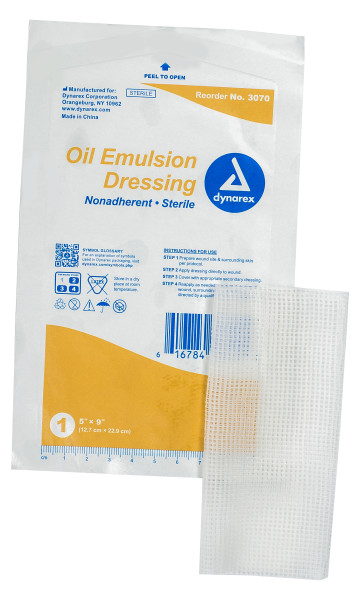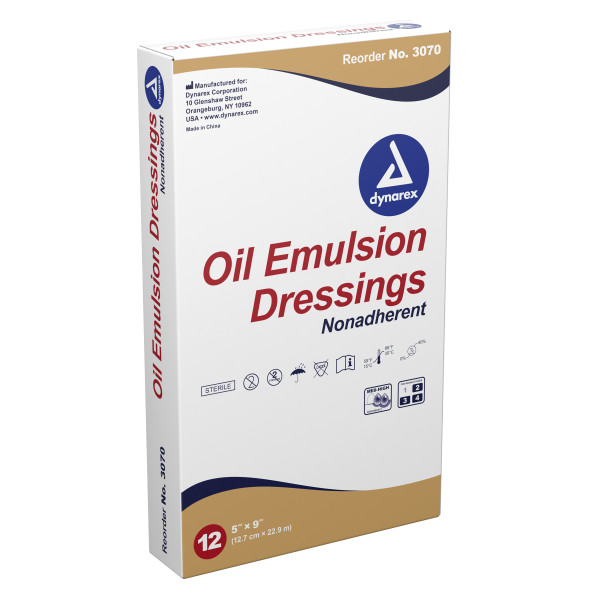
Oil emulsion dressing burns skin#
Histopathology of the skin sections showed accelerated healing with early granular tissue and collagen formation in emulsion treated animals. Similarly, the emulsion's wound healing potential was also significant with respect to wounds induced by both incision (wound breaking strength of 338.91 ± 5.02 g) and excision (95 % wound contraction by 16th day) model in these animals, with a re-epithelization period of 10.67 ± 1.67 days and results being comparable with diclofenac gel and neomycin cream (positive controls).

It was further studied for its anti-inflammatory potential in female Wistar rats wherein topical treatment with the emulsion inhibited paw swelling induced by carrageenan model by 40-60% over 30-180 min compared to untreated animals. The formulated clove oil emulsion was then characterised with respect to its size, zeta potential, microscopic and thermal analysis and the presence of liquid crystals were observed in the same. Gas chromatography-mass spectrometry (GC-MS) analysis of clove oil revealed eugenol (76.11 %) and eugenyl acetate (12.41 %) as major constituents. Thereafter, good cell viable concentrations of oil (10 %) and emulsifier (4%) were used at their optimised ratio (1:0.4) to formulate an oil in water emulsion using phase inversion technique followed by ultrasonication for particle size reduction. In the present study, m5S cells were tested for their viability at various concentrations of clove oil and an alkyl polyglucoside emulsifier, viz., Montanov 202™. Their structural constituents (oil and water phase) facilitate ready solubilization of incorporated hydrophilic/lipophilic actives for their targeted delivery. Electronic address: formulations of essential oils are of major interest due to their relative biosafety, biocompatibility and good pharmacological potential. Electronic address: 6 Department of Biomedical Sciences, School of Biosciences and Technology, Vellore Institute of Technology, Vellore, 632014, India. Electronic address: 5 Material Science Division, CSIR National Aerospace Laboratories, Bengaluru, 560017, Karnataka, India. Electronic address: 4 Surface Engineering Division, CSIR National Aerospace Laboratories, Bengaluru, 560017, Karnataka, India. Electronic address: 3 Department of Pharmacology, Krupanidhi College of Pharmacy, Bengaluru, 560035, Karnataka, India. Electronic address: 2 Department of Applied Physiology, Faculty of Medicine, University of Miyazaki, 8891692, Miyazaki, Japan. Electronic address: 1 Department of Biomedical Sciences, School of Biosciences and Technology, Vellore Institute of Technology, Vellore, 632014, India.


1 Department of Biomedical Sciences, School of Biosciences and Technology, Vellore Institute of Technology, Vellore, 632014, India.


 0 kommentar(er)
0 kommentar(er)
